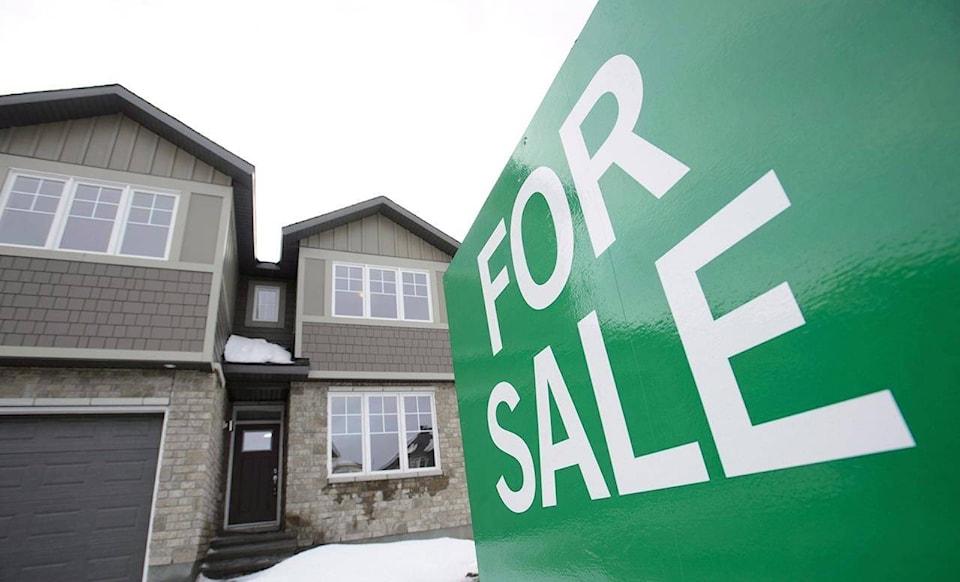Despite the COVID-19 pandemic, the Thompson-Okanagan region saw growth both in population and housing prices, according to a recent report.
The Chartered Professional Accountants of British Columbia (CPABC) put out its annual report on demographic and affordability trends in B.C. for 2020, showing that the Thompson-Okanagan region added 8,462 new residents throughout last year, bringing the population to 609,320. The majority of those new residents are between 25 and 54 years old.
Between 2016 and 2020, the population in Thompson-Okanagan increased by 7.1 per cent, making it one of B.C.’s fastest-growing regions, largely driven by a growing number of residents coming from other parts of Canada.
“While population growth slowed in 2020 due to a decline in international immigration, the moderation was not as hard felt by our region as compared to other parts of the province,” Karen Christiansen with MNP LLP Kelowna said.
Christiansen said these new residents were enticed by the Thompson-Okanagan’s robust economy and excellent living conditions.
“This is critical as natural growth is trending downward as our population continues to age. In fact, Kelowna has the second-lowest fertility rate in Canada, just behind Victoria. However, inadequate housing supply and rising prices have become a growing challenge,” she said.
Over the last five years, the population in the region grew by 53,113 but only 19,746 residential housing units were completed. In 2020, only 4,134 units were completed. CPABC said while this number is lower compared to 2019, it still sits well above the average of 2,525 units completed annually between 2011 and 2018.
“It is encouraging to see that housing construction activity has picked up in recent years, but it is not keeping pace with population growth,” Christiansen said.
The downside, however, is that many of the new housing builds tend to be smaller and attached units like condos, which Christiansen said is pushing the housing prices, especially for larger homes.
Just across the Okanagan Valley, a single-family home would sell for about $756,200 in April 2021, up 29.4 per cent compared to April 2020. The average price for an apartment in April 2021 is up by 12.6 per cent at $407,000 compared to April 2020.
“Going forward, it will be critical to encourage greater housing developments to help improve accessibility and affordability for both local and future residents.”
READ MORE: COVID-19 outbreak at Kelowna General Hospital declared over
@twilamam
twila.amato@blackpress.ca
Like us on Facebook and follow us on Twitter.
